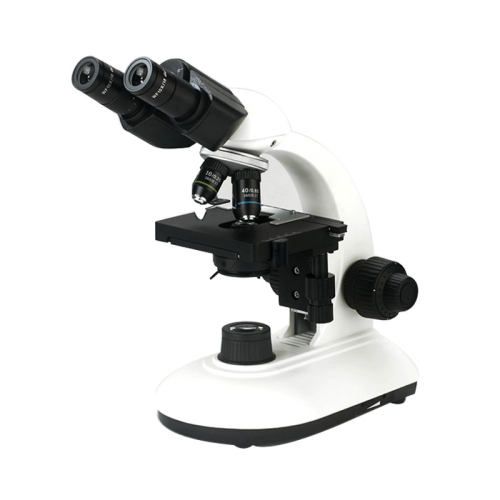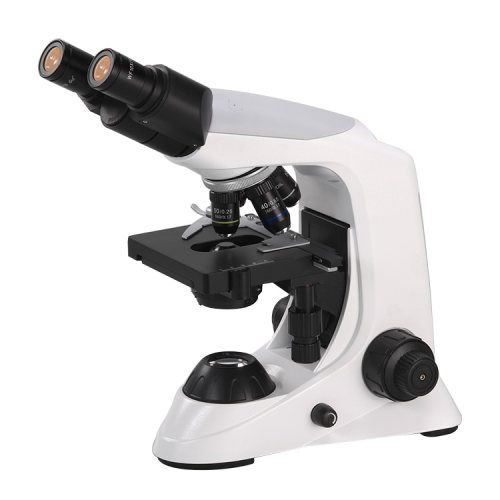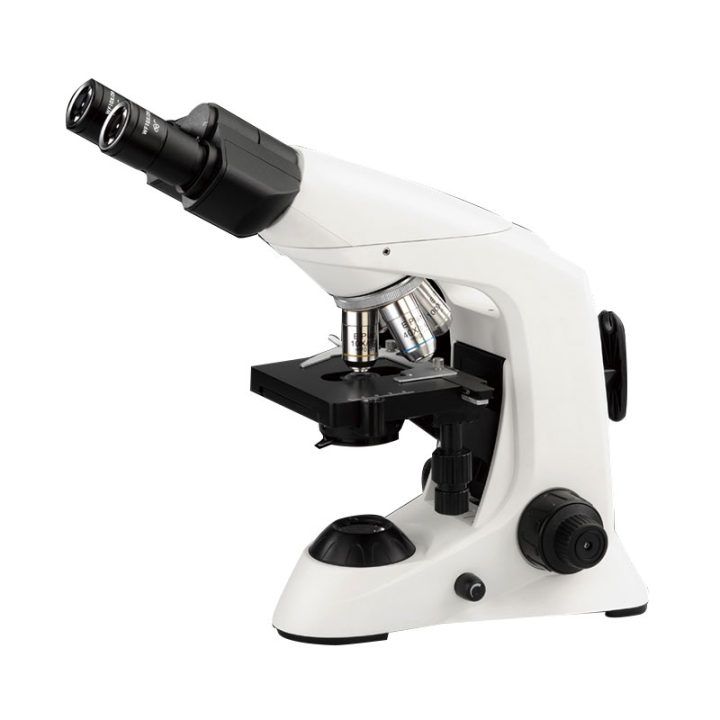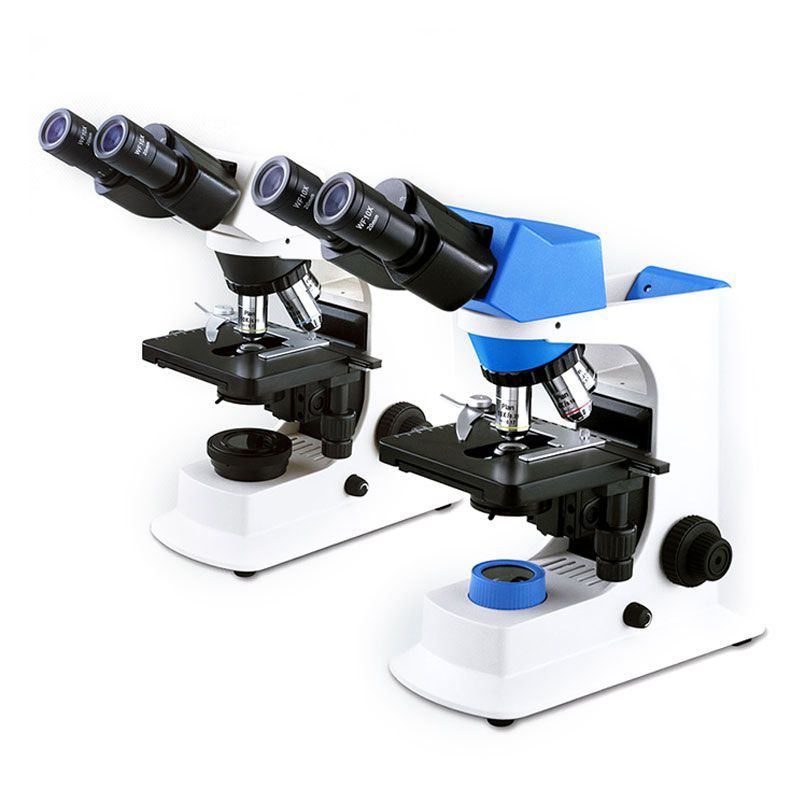Microscope
Microscopes are divided into optical microscopes and electron microscopes. Scopelab provides optical microscopes. Microscopes are mainly used to observe some organisms in the microscopic world and for industrial identification. Optical microscopes can be divided into biological microscopes, fluorescence microscopes, polarizing microscopes, metallographic microscopes, and stereo microscopes. Classified from the position of the light source, it can be divided into upright microscopes and inverted microscopes. Classified from the positioning level, they can be divided into student-level, teaching-level, and research-level microscopes.
Our microscopes have the following performance characteristics:
- Mildew and anti-fog optical system;
- High brightness, long life, low power consumption LED cold light source lighting;
- High brightness, aspheric lighting system;
- Low input voltage, safer to use.
Each microscope has different functions and parameters. When choosing, our professionals can make detailed recommendations. There is a one-year after-sales maintenance period for purchasing our microscopes. During this period, if there are any problems with use or the accessories themselves are damaged, you can contact us for repairs.








